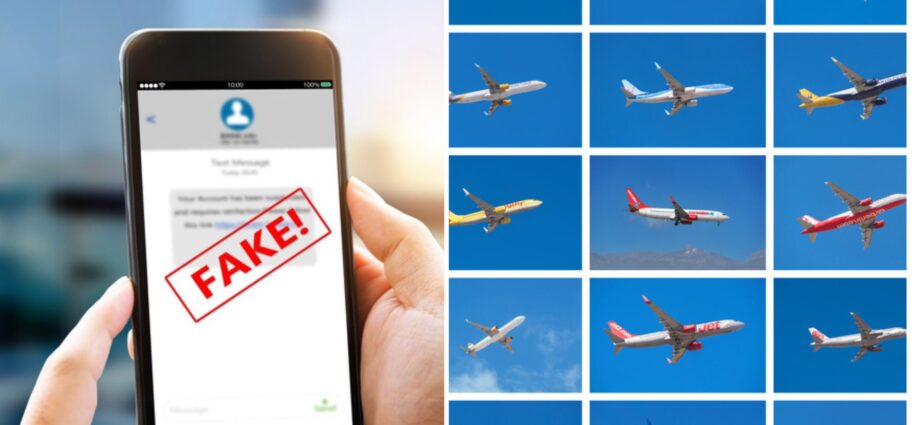Travel scams are evolving, and cybercriminals are increasingly using sophisticated tactics to deceive unsuspecting travelers. One common method is the creation of fake airline apps, promoted through social media ads, designed to steal sensitive personal and banking information.
A recent case reported by news24.com on January 27 highlights this growing issue. A pensioner, Mr. Naidoo, lost thousands of rands after downloading a counterfeit South African Airways (SAA) app, which was actually a malware scam. “My entire life’s creditworthiness went down the drain in a matter of minutes,” Naidoo told news24.com.
In Naidoo’s case, he was lured by a social media ad that promised additional discounts on SAA fares for downloading the app. Unfortunately, the app contained malware that allowed fraudsters to gain full access to his phone, including his banking app and SMS messages. As a result, they drained R177,000 from his accounts and left him with R85,000 in credit card debt.
Are Airline Apps the New Target for Scammers?
Scammers are increasingly targeting trusted travel brands because of the high value transactions often involved in travel. “Customers are naturally drawn to enticing offers, and the expectation of high transaction values makes it easier for scammers to exploit unsuspecting individuals,” explained Kirby Gordon, Chief Marketing Officer of FlySafair.
While FlySafair has not encountered scams directly targeting its app, Gordon confirmed that the airline has dealt with fraudsters impersonating the company and offering subscription-based access to cheap tickets. To protect their customers, FlySafair actively educates the public about these risks.
Tips for Travelers to Avoid Scams:
- Question too-good-to-be-true offers: Be skeptical of offers that seem overly generous. Authentic discounts are typically promoted through official airline channels like their website, app, or verified social media accounts.
- Verify the official website: Always ensure you’re on the airline’s official homepage before engaging. Look for secure URLs that start with https:// and confirm the domain name is correct.
- Download apps from trusted stores: Only use official app stores like Google Play or the Apple App Store. Be cautious of apps with similar names or suspicious logos that could be trying to mimic a real airline app.
- Contact the airline directly: If you’re unsure about an app, offer, or communication, reach out to the airline using the contact details listed on their official website.
- Watch out for unusual payment requests: If an app or site asks for payments via unorthodox methods, such as direct transfers to personal bank accounts, it’s likely a scam.
“Industry collaboration is essential in combating these scams,” Gordon added. “Sharing information and raising awareness can help customers protect themselves from fraud and make informed decisions.”




